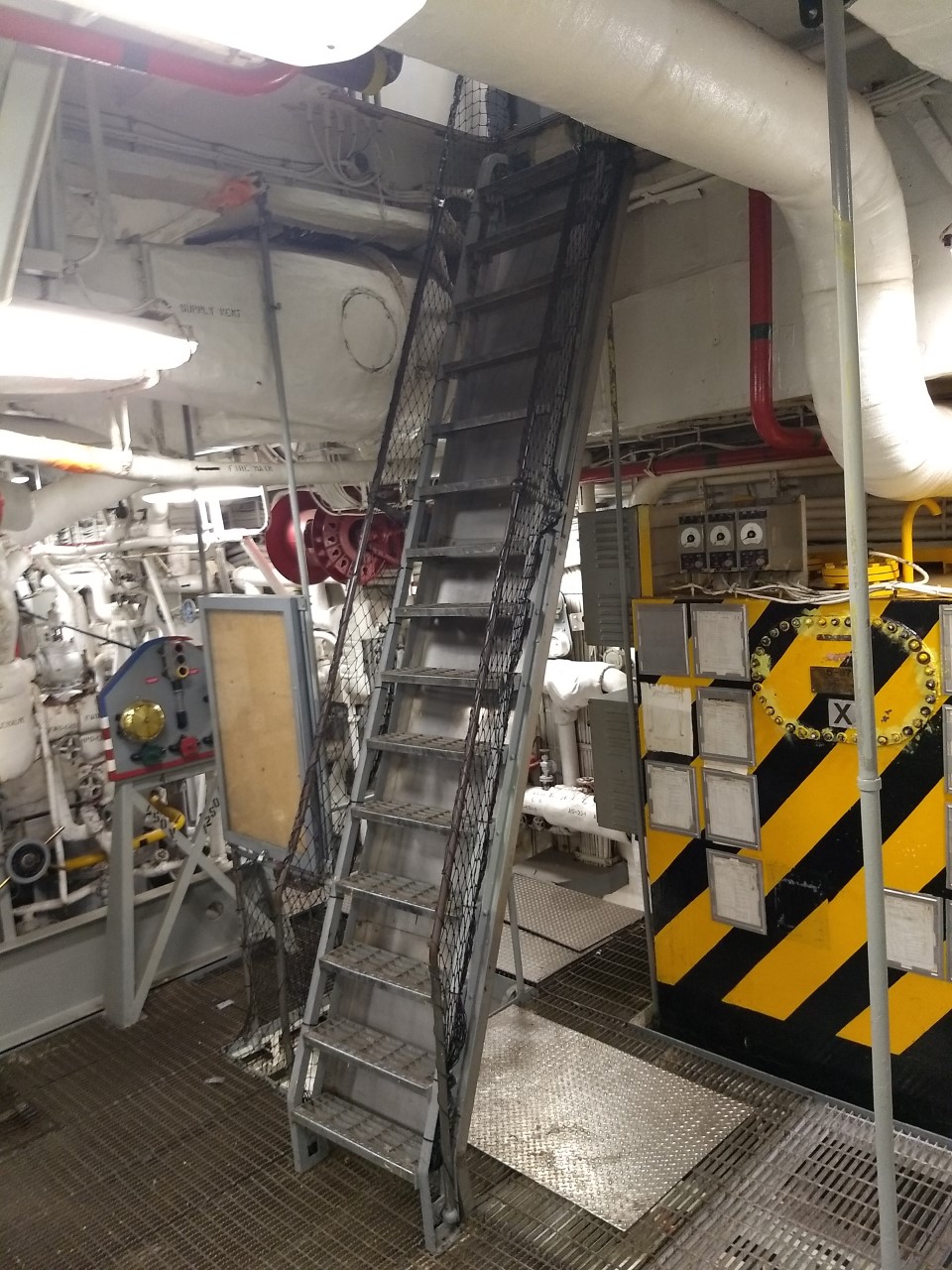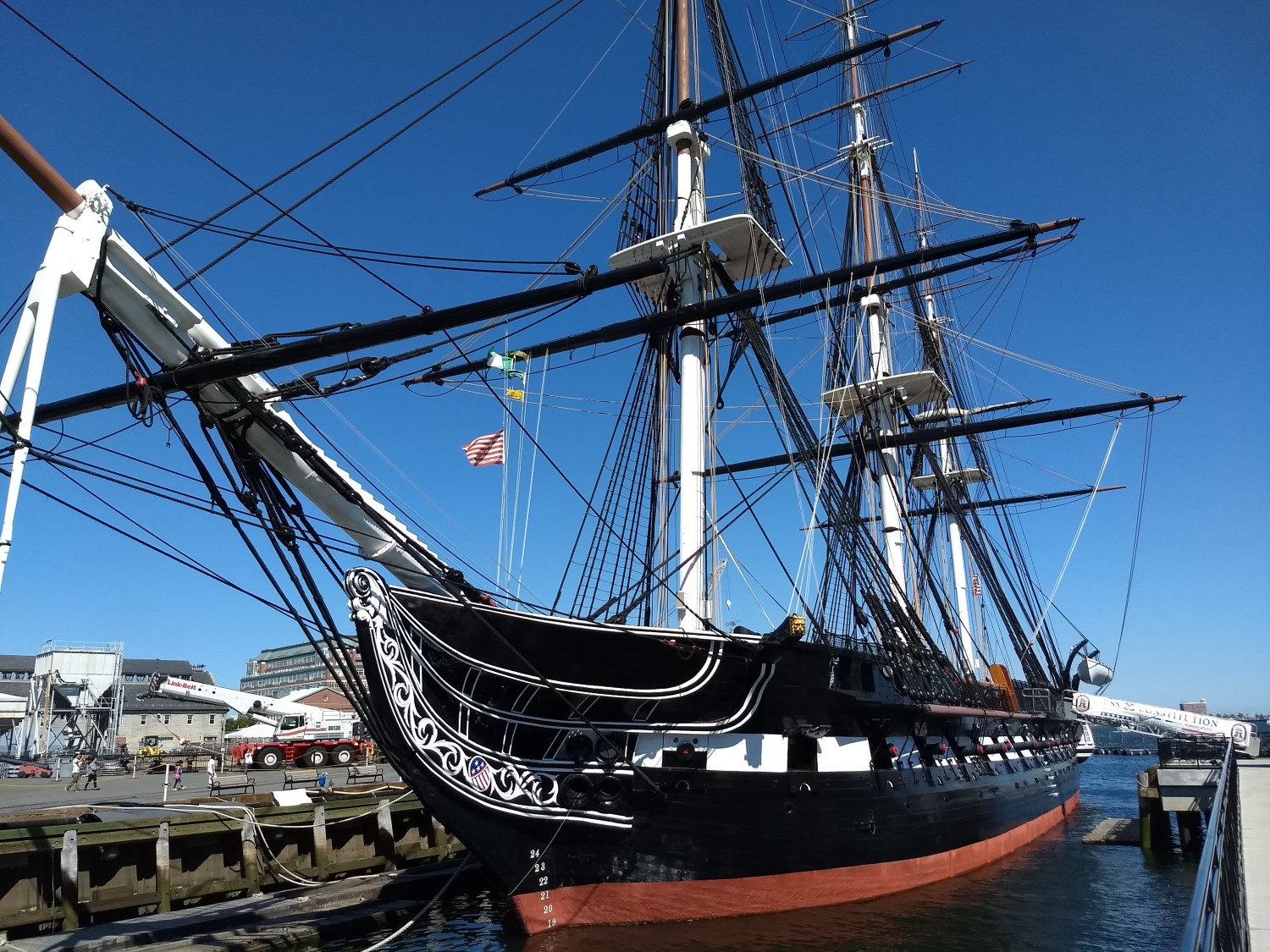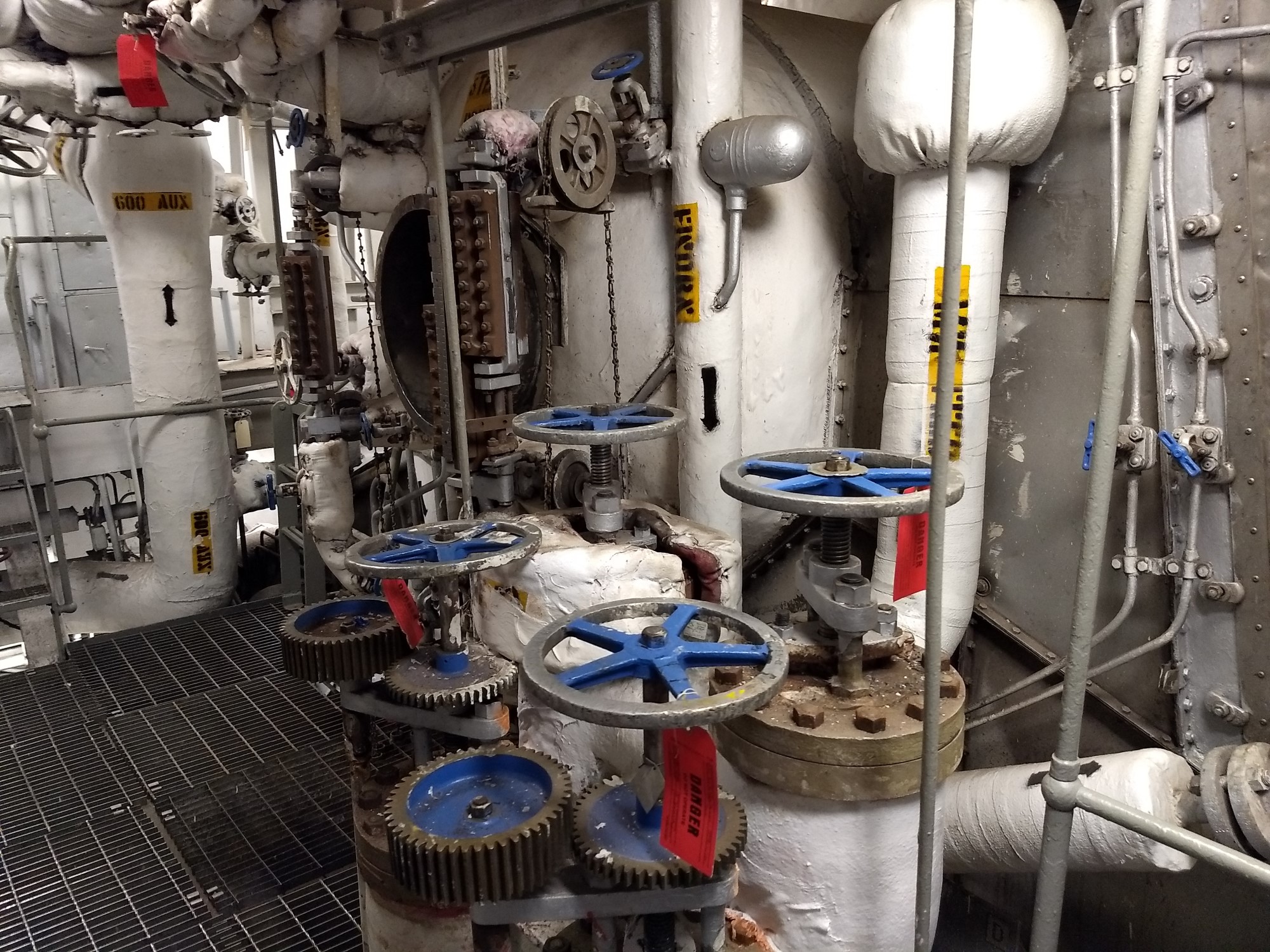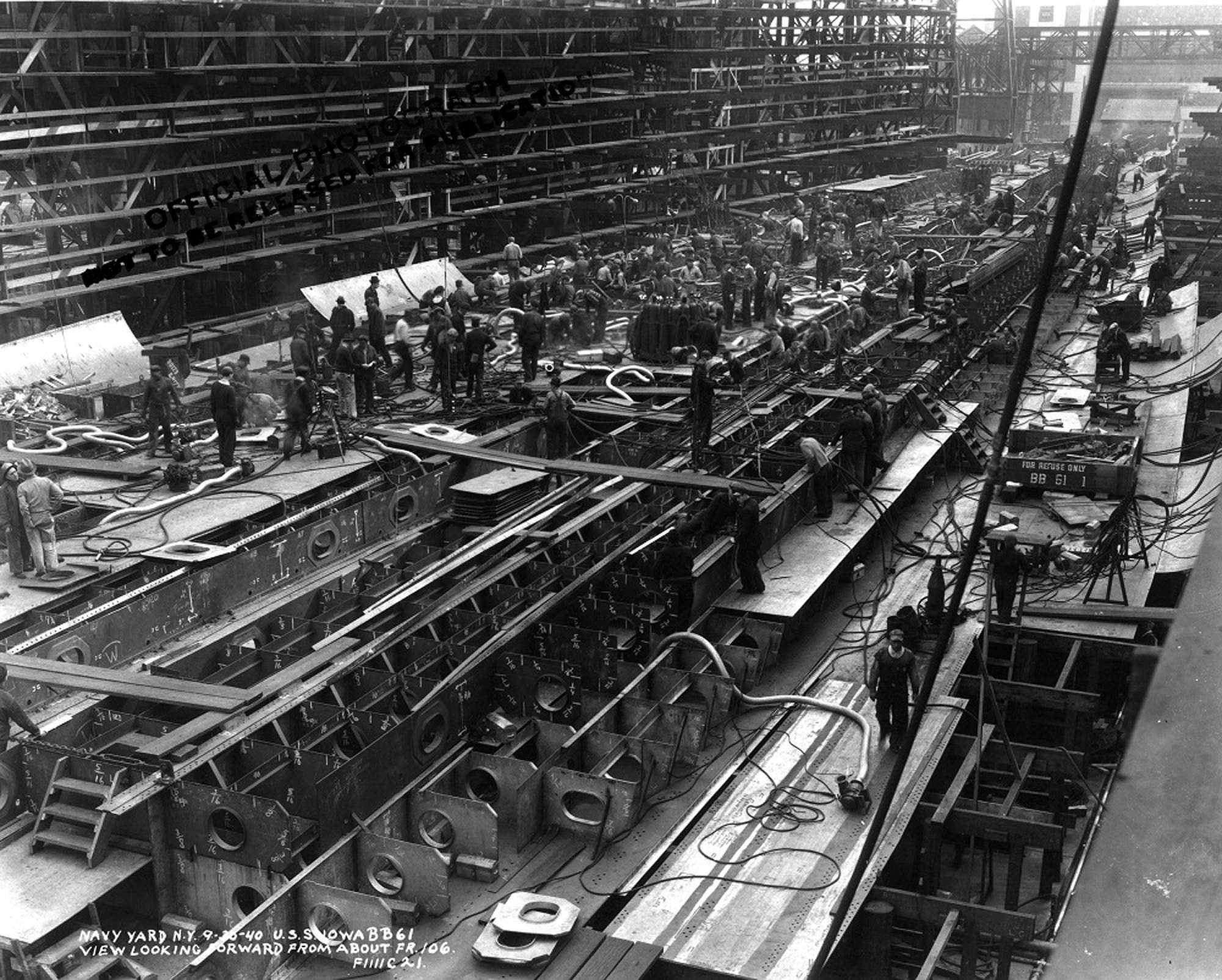The longstanding tension between the US and Spain over the latter's actions in Cuba boiled over after the battleship Maine was destroyed in Havana harbor. There had long been at least some pressure for war from both sides, and despite the best efforts of President McKinley and the business community, who feared another recession, this pressure became irresistible.

New York, Indiana, Texas, Massachusetts, Columbia and Iowa
On paper, the two sides were reasonably evenly matched. The United States had the edge in battleships, with Texas, Indiana, Massachusetts, Oregon and Iowa to the lone Spanish vessel of that type, Pelayo, a ship roughly contemporary to Texas and much inferior to the American pre-dreadnoughts. The balance in cruisers was more even. The Spanish had seven armored cruisers to a pair of American ships, but the USN had the edge in modern protected cruisers, 14 to 3. The Spanish also had a number of older cruisers, although they were of negligible combat value, and a significant edge in terms of torpedo craft. The USN countered with a half-dozen monitors, vessels suitable primarily for coastal waters but powerfully armed. However, the apparent balance of forces was deceiving. The USN was a modern, professional force with high standards of training and readiness. The Armada Espanola, on the other hand, had serious issues on both fronts. Ships were undermanned and their crews were largely green, while many ships, most notably Pelayo and three of their armored cruisers, were unable to go to sea at the beginning of the war. Some of these ships were made ready for sea as the war went on, but others were still being completed, and there was no practical hope of bringing them into service in time to be of use. Even the operational ships had serious deficiencies. Some were slowed by engineering problems or foul bottoms, while others were crippled by defective guns. Despite this, Admiral Pascual Cervera received orders on April 22nd to take the bulk of the Spanish fleet to Cuba to resist the just-announced American blockade. Read more...









Recent Comments